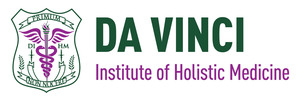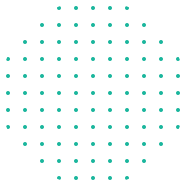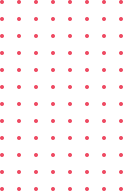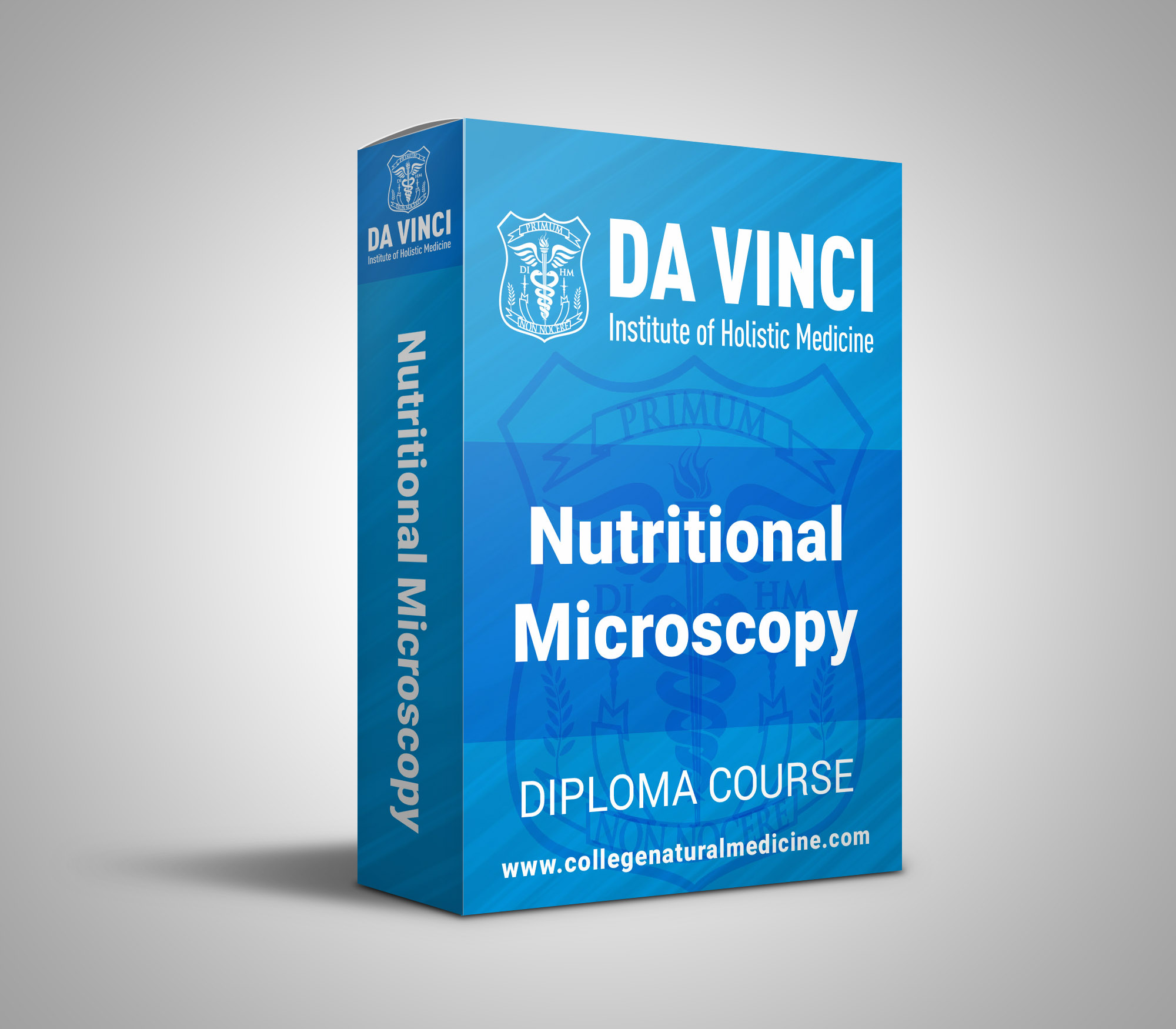Nutritional Microscopy or Live Blood Analysis Online Course
| These are the specifications of the Da Vinci Institute of Holistic Medicine’s
Nutritional Microscopy or Live Blood Analysis Online course: |
|
| 1. Awarding Institution / Body: | Da Vinci Institute of Holistic Medicine |
| 2. Teaching Institution: | Online and distance learning, with tutor support |
| 3. Programme awarded by: | Da Vinci Institute of Holistic Medicine |
| 4. Final Award | Nutritional Microscopy Diploma |
| 5. Programme title: | Nutritional Microscopy online course |
| 6. Course Code and level: | NMicDip |
| 7. Duration of programme: | Maximum 12 months |
| 8. Total number of study hours: | About 120 study hours |
| 9. Enrolment requirements: | None |
| 10. Enrolment date: | Anytime |
| 11. Fees: | Full payment: €598 euros, Discounted from 747 euros
Instalments: €209.30 Euros per month for 3 months (5% extra). |






Deborah Langheld
This was an excellent starting point in my journey to understand and implement (clinically) Live Blood Analysis as a tool to build a more complete picture of a patients health (holistically). Each module/chapter provides a plethora of additional resources if the student wants more in-depth information on a particular topic area. There are many YouTube video links with examples of darkfield microscopy. There is a lot of reading involved in this course. I would have liked more videos clips of the actual instructor speaking to us and demonstrating how to set up the microscope and take the blood samples, versus written instructions. Overall, a great course to introduce the novice practitioner in how to begin using Darkfield Microscopy and Live Blood Analysis clinically to help patients.
Silvia Rojas Reyes
Some of the links for more information are not working properly. Example: Lesson 9 page 2 the links for Various Phases of the Cycle are not working.